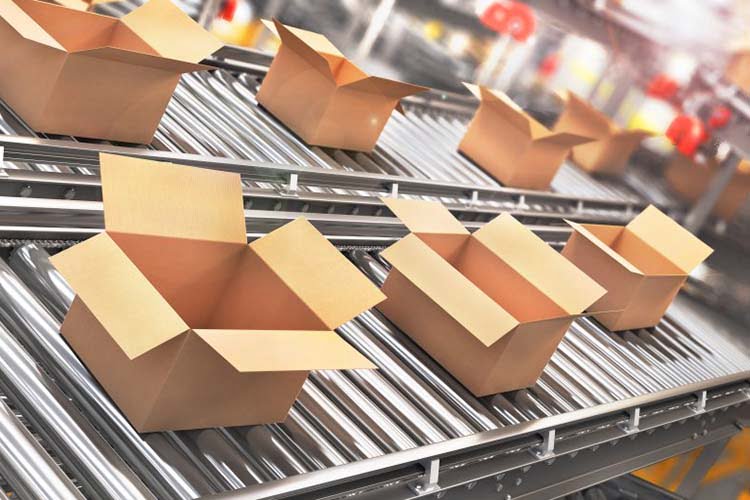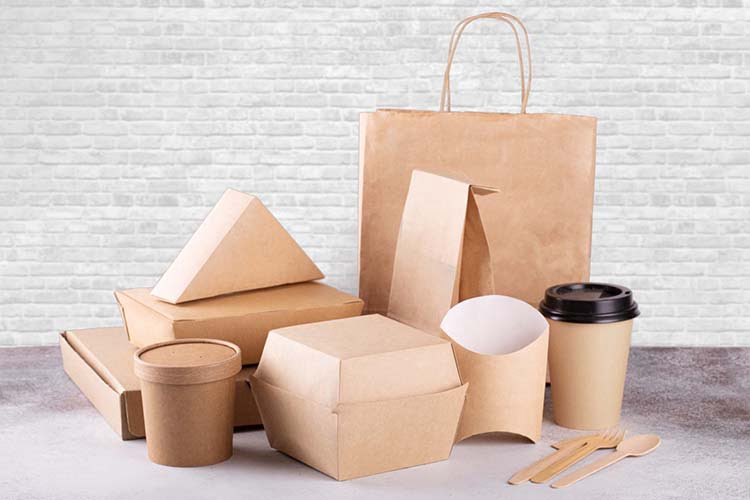It would be difficult to understand the integral role that packaging plays in marketing and selling your product. In short, it is one of the most important product decisions you will ever have to make. There are a wide variety of packaging machine suppliers, materials, and even regulations. Don’t be overwhelmed; it’s easy to navigate if you take one step at a time. It is a process, just like any other component in product development. The key is to know which packaging factors will affect the success – or failure – of your product.

Here are 5 crucial and essential things you need to know as you begin the journey of packaging your products for sale.
The packaging may be more expensive than the inside
The rule of thumb is that packaging should account for an average of 8-10% of the total cost. Ten percent of every dollar spent at retail is directly attributable to packaging. However, that cost can vary greatly depending on the product being packaged. Higher-priced items have a lower percentage of cost, while commodity items and products with packaging that is larger than the product itself have a higher percentage of the cost.
Again, let’s talk about potato chips. In an item like this, the packaging costs are much higher. You have some chips and a bag, but don’t forget that in addition to the bag, there is a master shipping carton that holds the bag of chips. This is one of the hidden costs that many people overlook.
So consider not only the primary packaging (the packaging that will be seen at retail), but also any other packaging materials needed to ship, transport, or deliver your product to its final destination intact, undamaged, untampered with, and in its original condition.
You can’t have products without packaging
For example, think of potato chips and eggs. Without packaging, how can you sell them intact? You must be able to transport the product from point A to point B. Packaging is what makes this possible. Even if your product isn’t fragile, it won’t make it to the buyer in a store-worn state. Consumers will never buy it.
It’s interesting to see how packaging has evolved. In many cases, there is no product without packaging. Take something as simple as toothpaste. Whether it’s in a tube or in a pump, packaging plays an integral role in making that product work. It’s so common that many people don’t stop to think about this fact: Where is toothpaste without packaging?
So ask yourself these questions: Does your invention require packaging as part of the actual product? Or is the packaging more of a protective device to convey the product?
Whatever the answer, it’s time to start thinking about how packaging will affect shipping and sales.
Packaging trends and innovations can affect whether or not your product will make it to store shelves
Every January, I write a trend article about where I think the packaging industry is headed this year. This covers not only the hottest packaging trends and innovations but also the external influences that can drive retail. Many of these influences may be beyond your control. The secret is to understand the “issues” of the future or what may be specified as “must haves” in product packaging.
There are a number of external factors that can dramatically change consumer demand for product packaging. How much do you know about RFID, product integrity and product safety, bio-resins and bioplastics, environmental sustainability, and smart or intelligent packaging? If you’re like most inventors, the answer isn’t much. But these packaging issues are the wave of the future. One or more of these factors may be discussed when you are trying to get buyers to commit to carrying your product.

Most suppliers of packaging materials require high volume orders
It is difficult to find suppliers for small quantities. The double-edged sword is that you don’t have large orders when you first start out. The first question I get asked is how to find suppliers for small lots. In many cases, this can be a challenge, but not impossible.
I know you have this quirky design concept in your head that will wow them at retail. The reality is that in many cases you have to start with stock packaging items that can be customized. As you get more orders or are able to order larger quantities, you can upgrade your packaging design.
Don’t be discouraged. The field of inventory design has come a long way in terms of innovative designs and materials. With just a little innovation and creativity, you can have that kind of prestige on your startup’s wallet.
Your package must sell the product, not just protect it
It only takes the average consumer 2.6 seconds to decide whether to buy your product. Therefore, your package better targets the right audience with the right message. Simply stroll through any retail store that sells a product similar to yours. Overwhelmed by the competition? You bet!
And that’s just the beginning. Who will buy your product? Do you know? Do you know which language, colors, designs, and packaging materials appeal to your target demographic? This can determine whether or not your product sells. Ask yourself who I want to buy my product for and what packaging attributes will appeal to them?
Conclusion
Learn these 5 things about packaging, you will know more about its essence. With these suggestions, it will be easy for you to choose the right packaging materials and packaging machines for your business. Besides, as a reliable packaging solutions supplier with more than 30 years of experience, we are always here to provide professional packing guidance for your projects. If anything, contact us and we will reply to you soon.
